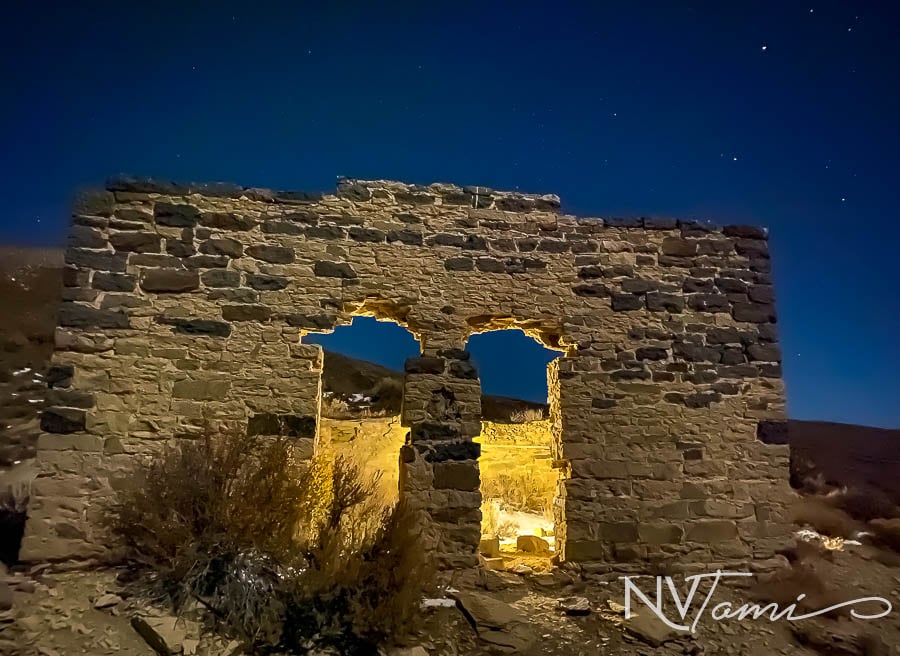
Dayton Lime Works & the Great Fire of 1875
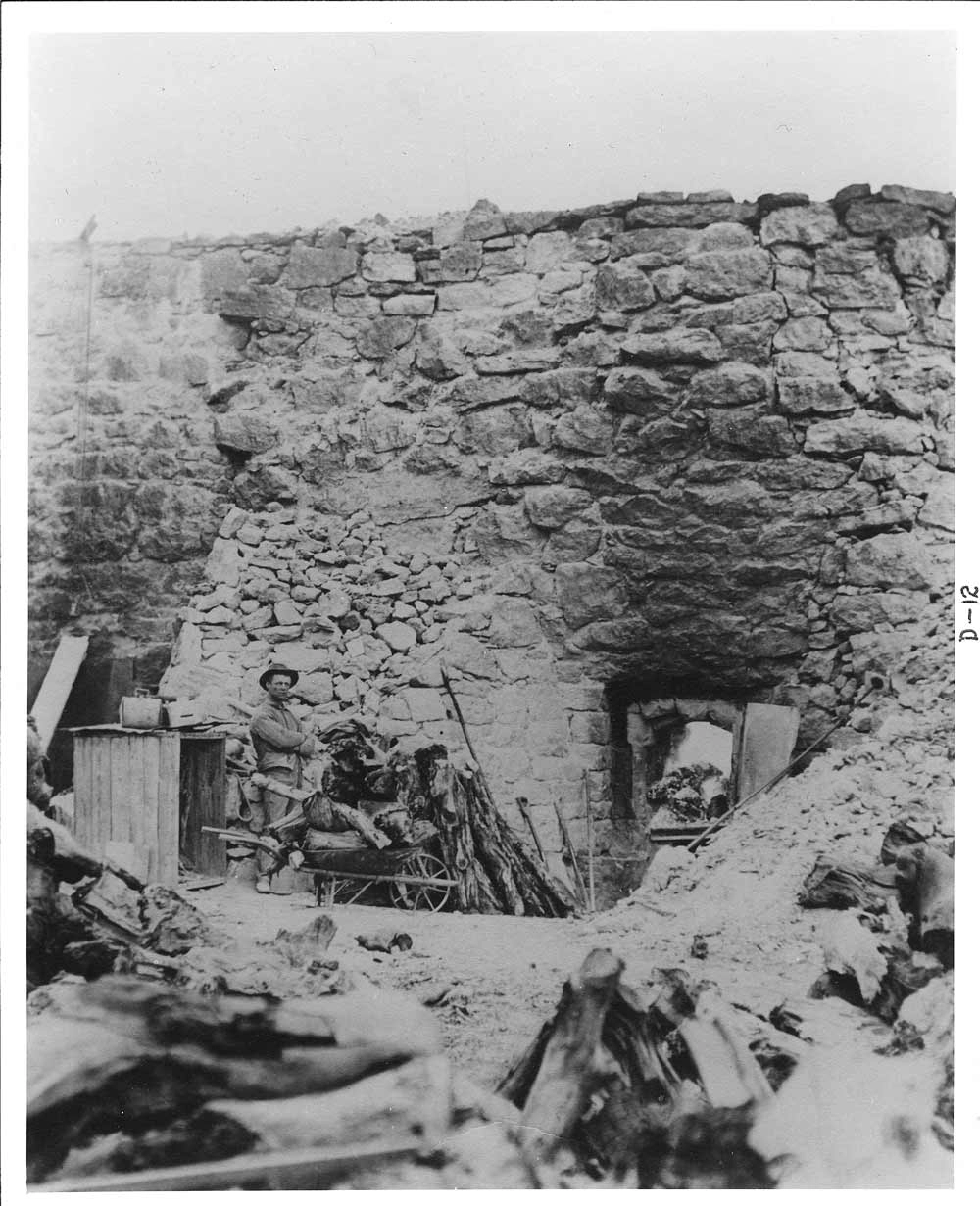
(Photo credit: Historical Society of Dayton)
Like many men of the time, Hank Blanchard wore many hats, including those of a teamster and a prospector. While primarily known for his role around Bodie, Blanchard got his start in Nevada. He built Dayton Lime Works in 1875, outside Dayton, Nevada. Blanchard built a boarding house so his twelve to fifteen workers could live on-site and continuously operate the kilns.
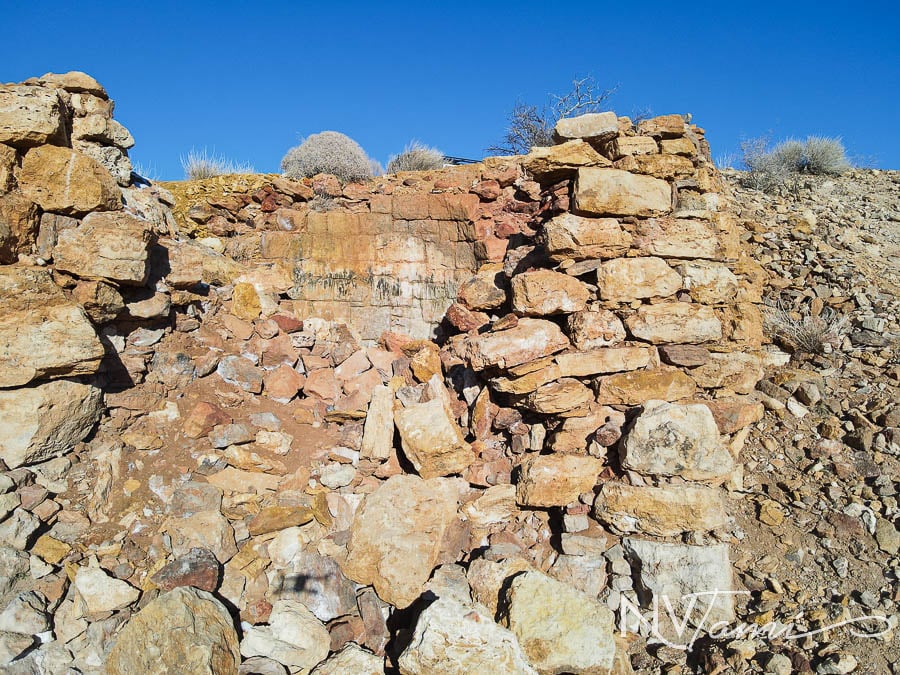
On October 26, 1875, at 5:30 a.m., a fire started in a downstairs hallway of a boarding house on A Street in Virginia City. “Crazy Kate” owned the structure, known to be home to many rowdy residents. Washoe Zephyr winds quickly spread the flames in all directions. Unfortunately, the Virginia City Fire Department was unable to extinguish the inferno. The fire burned through the day. By that evening, the fire destroyed over two thousand structures, and hundreds were homeless.

(Photo credit: Fourth Ward Museum)
The rebuilding of Virginia City in 1876 required 4-5,000 tons of mortar a month, and supplies could not keep pace with demand. Blanchard sold mortar at $4 per ton. Wagons would transport mortar from the kilns to Virginia City. On their return trip, they would deliver ore to the mills on the Carson River and wood from Dayton to Dayton Lime Works.
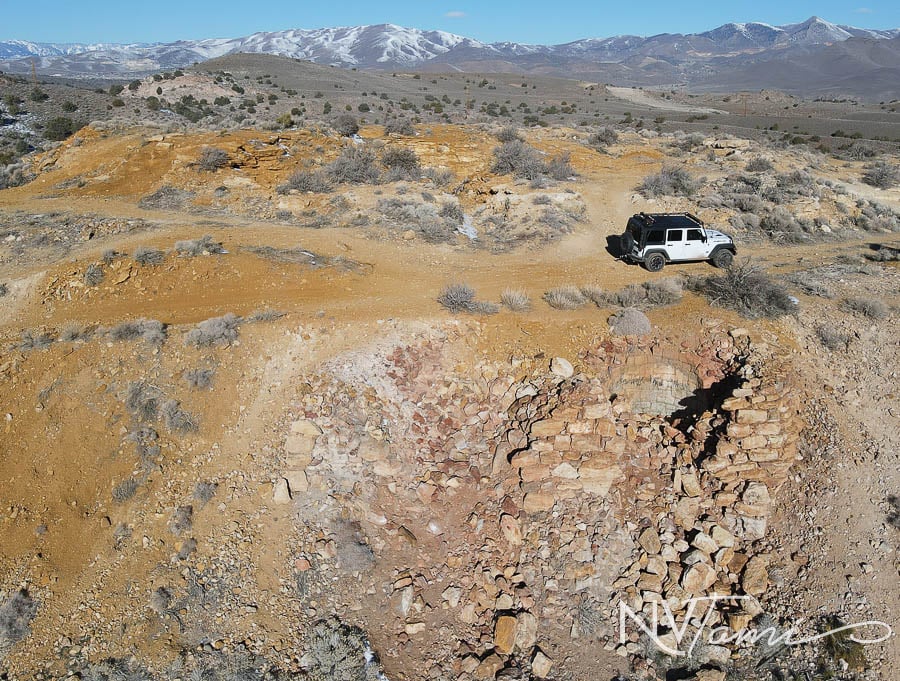
Prospecting on Mt. Grant
In 1877, Blanchard was near Mount Grant, prospecting with Dick Wheeler and others. The group headed out with a six-horse team and 3,000 pounds of supplies. Their claim was considered good, with ore valued at $80 per ton in gold and silver.
Blanchard Toll Road
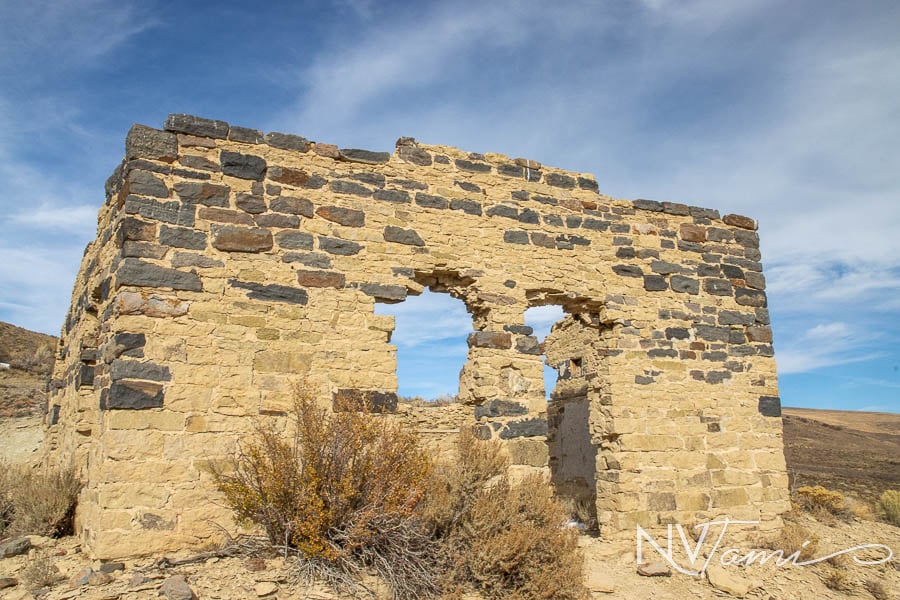
In 1878, Blanchard applied for a toll road franchise from Bodie to the state line. The route wound through the narrow Bodie Gulch, where in places, sheer rock walls soar to the sky, allowing in only a sliver of sunlight.
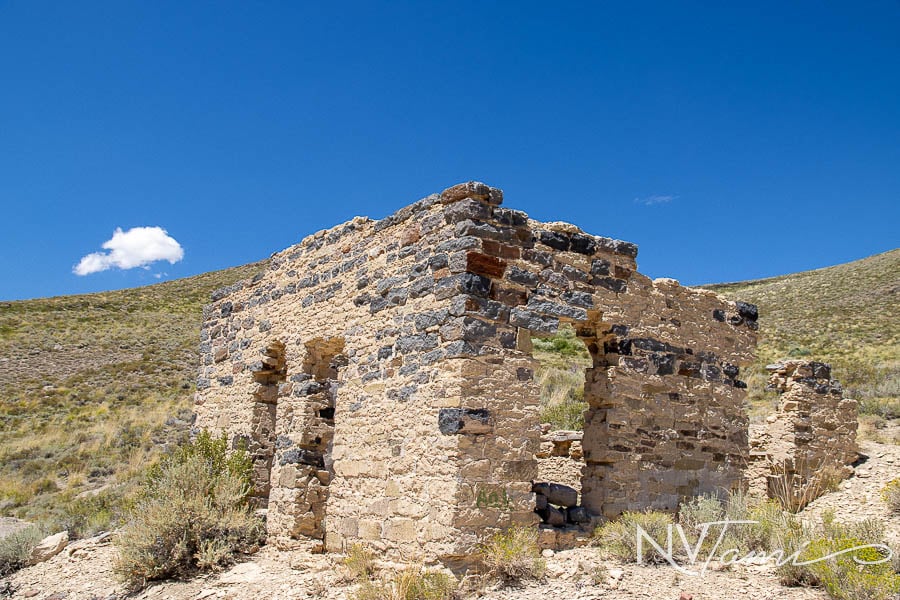

Reno, Nevada · Tuesday, January 22, 1878
With his experience as a teamster, Blanchard wanted a road for both freight and passengers. He claimed he would keep the road in such good condition that people would say, “God is good.” Some believe Blanchard owned and operated the entire toll road from Bodie to Aurora. Local historian Sue Silver notes that, since his franchise was limited to Mono County, his road would have ended at the Nevada border, just feet from Sunshine Station.
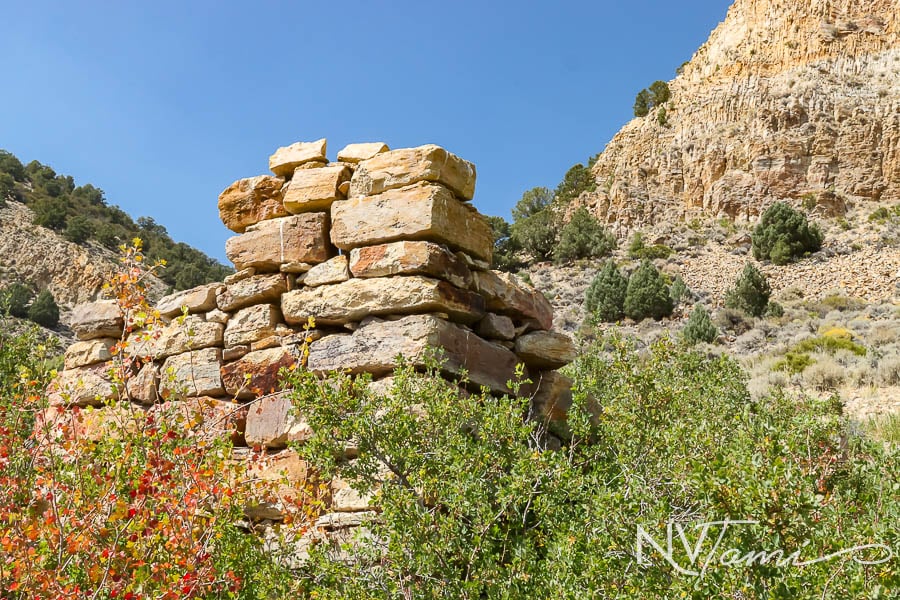
Between the 1880s and 1890s, Hank Blanchard owned and operated his toll road. Blanchard Station was said to be famous along the route. Blanchard was welcoming of “friend or foe,” and he never turned away someone in need.
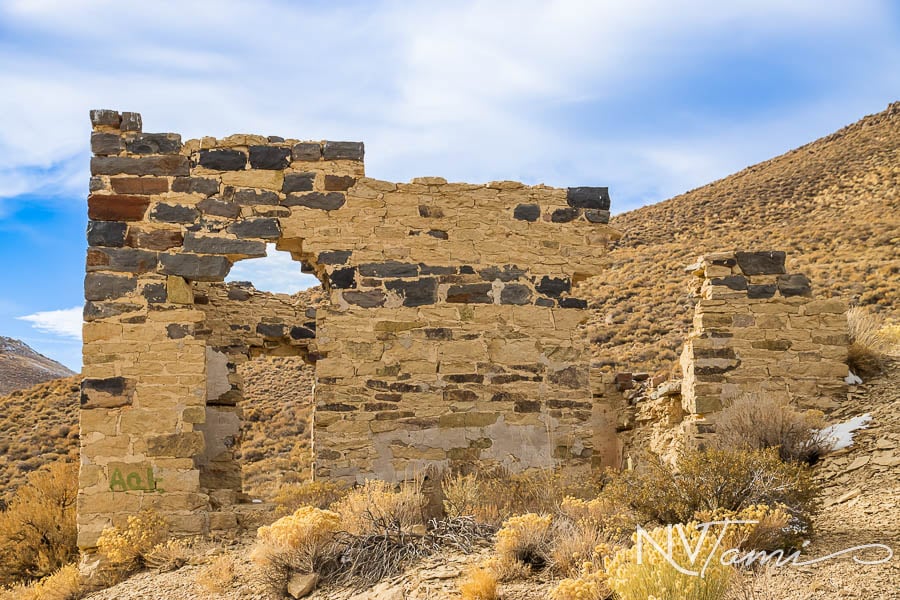
The 1900 census recorded Blanchard living at his station with his son Leete and listed his occupation as a lime dealer. By 1910, he was listed as living in Bodie. Blanchard died on April 9, 1910, in San Francisco. He was cremated and interred at Lone Mountain Cemetery in Carson City, Nevada.
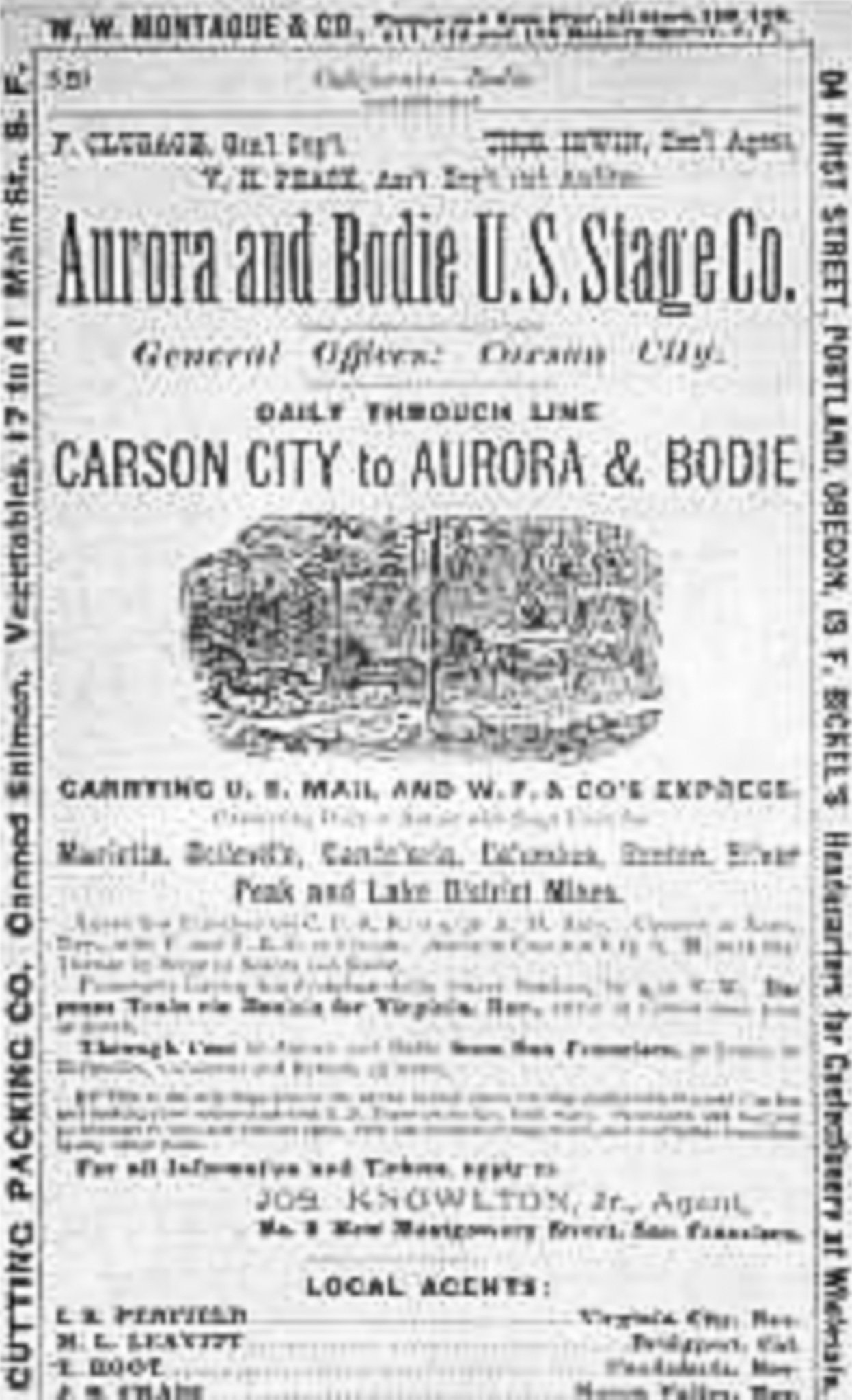
WANT MORE GHOST TOWNS?
For information on more than five hundred ghost towns in Nevada & California, visit the Nevada Ghost Towns Map or a list of Nevada ghost towns.
Learn about how to visit ghost towns safely.

References
- Cain, Ella M. The Story of Bodie. Fearon Publishers, 1956. Pages 157-168.
- Forgotten Nevada: Sunshine Station
- McGrath, Roger D. Gunfighters, Highway Men and Vigilantes: Violence on the Frontier. University of California Press, 1894. Pages 71, 85.
- Paher, Stanley. Nevada Ghost Towns and Mining Camps. Nevada Publications, 1970. Page 471.
- The Second Promise: STAGECOACH ROBBERY — “Halt! Your money or your life!”
- Silver, Sue. Volume 3: Mineral County, Nevada: Volume, Early Transportation, Stagecoach, Steamboat and Narrow Gauge Rail. Museum Associates of Mineral County, 2011. Pages 166, 167 168, 171, 174, 177, 178.
- Silver, Sue. Mineral County, Nevada: Volume 5, Roads and Routes of the Past. Museum Associates of Mineral County, 2012. Pages 62, 86.
- Stewart, Robert E. Aurora: Nevada’s Ghost City of the Dawn. Nevada Publications, 2004. Pages 67-70.
Leave a Reply